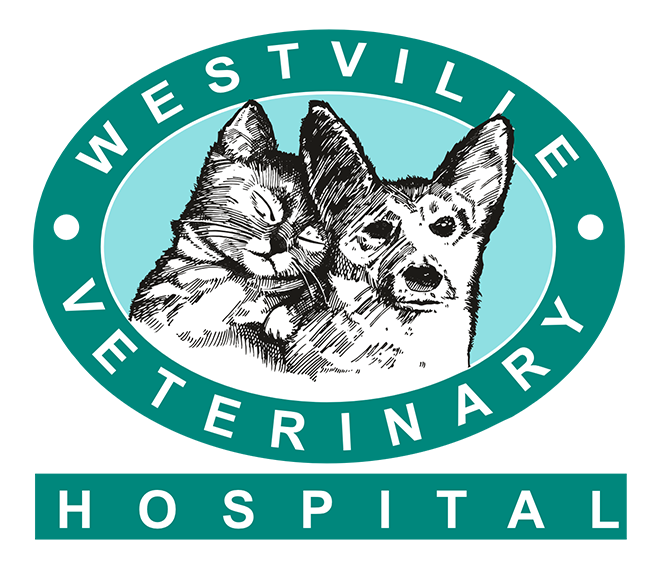Spinal surgery
Spinal surgery
The spinal column is made up of small bones called vertebrae, each lined up like small building blocks. There is a hole in the centre of each small bone which creates a tunnel through which the spinal cord flows. The spinal cord is exceptionally important as it carries the messages from the brain to the rest of the body. The cord itself is very delicate and the bony vertebrae protect it.
Between each vertebra, just beneath the spinal cord, is a tiny cushion called an intervertebral disc – these are there to protect each bone from one another and provides flexibility to the spine during movement.
As part of the normal age process, the discs deteriorate, resulting in disc disease.
Spinal surgery is most commonly performed on animals that suffer from intervertebral disc disease (IVDD). It occurs more frequently in dogs and occasionally in cats.
What is Intervertebral Disc Disease?
IDVV is an age related, progressive condition. However, it must be noted that there are some breeds that are ‘at-risk’ dogs and can unfortunately suffer disc problems from when they are young adults. Dogs, who are likely to be affected are characterized by disproportionably short and curved limbs and include Basset Hound, Shih Tzu, French Bulldogs, Corgi, Pekingnese and Dachshund.
Disc degeneration is thought to occur because of loss of the disc to “hold water” becoming dehydrated. Each vertebra disc consists of an outer fibrous ring and an inner gelatinous centre (a good analogy would be a jelly doughnut). With age, this “doughnut” changes in consistency; the outer fibrous ring becomes fragmented and the inner “jelly” centre hardens to a consistency of hard cheese. This hardening results in a decline in the ability to absorb shock and thus lead to disc herniation and spinal cord compression.
Does my pet have IVDD?
First and foremost is the localised pain to the back or neck. With the spinal cord carrying messages from the brain to the muscle, clinical signs of the dysfunctions can be seen at points lower than the actual injury – this is why often with lower back injuries, one sees hind limb weakness, paralysis and urinary incontinence. Some neck injuries can impact all four limbs.
Diagnosis
The most effective way to diagnose IVDD is through diagnostic imaging. It is no unusual to suspect the disease on the basis of clinical signs, specifically if your dog breed is predisposed.
Although one can make use of radiographs to review the surface of the disease by revealing characteristic changes of disc disease, for example calcified disc material within the vertebral canal or narrowing of the IVD space or the foramen, it is recommended that advanced imaging diagnostics such as MRI and CT scanners be used. Westville Veterinary Hospital has invested in a CT scanner to better serve our referring clients for this precise reason.
Treatment
In some cases, conservative spinal treatment can go ahead specifically when the patient only shows signs of pain or only mild deficits. With this type of treatment there is the disadvantage that the clinical symptoms may reoccur at a higher rate, whilst also having an increase chance in deterioration of neurological deficits. That being said, it can be comparatively inexpensive and can avoid surgical procedure.
In most cases, disc disease requires surgery to remove the disc material compressing the spinal cord. The surgery used most frequently to remove disc material from around the spine is called laminectomy.
In some cases, the surgery is done over a wider area of bone (i.e. more than two vertebrae) to remove all the disc material. For the majority of disc herniations in the neck, the disc material is removed by drilling a hole from underneath the disc (called a ventral slot).
Spinal surgery is generally a successful procedure. Most dogs take six to eight weeks to recover from spinal cord surgery and many benefit from physical therapy. Some dogs with chronic (type 2) disc disease take longer to recover.
Post Operative Care
Due to the nature of the surgery, your pet should remain relatively inactive for six to eight weeks. The spinal cord recovers slowly and extra care must be taken not to allow running, jumping, stairs, playing with other dogs, or hopping on or off furniture. Physical therapy can be started right after surgery to help regain strength.
Rehabilitation
Just like humans, animals can greatly benefit from physical therapy after surgery or injury. We encourage pet parents to take an active role in their pets recovery. Rehabilitation is an essential tool for reducing pain and inflammation as well as improving mobility and function.


